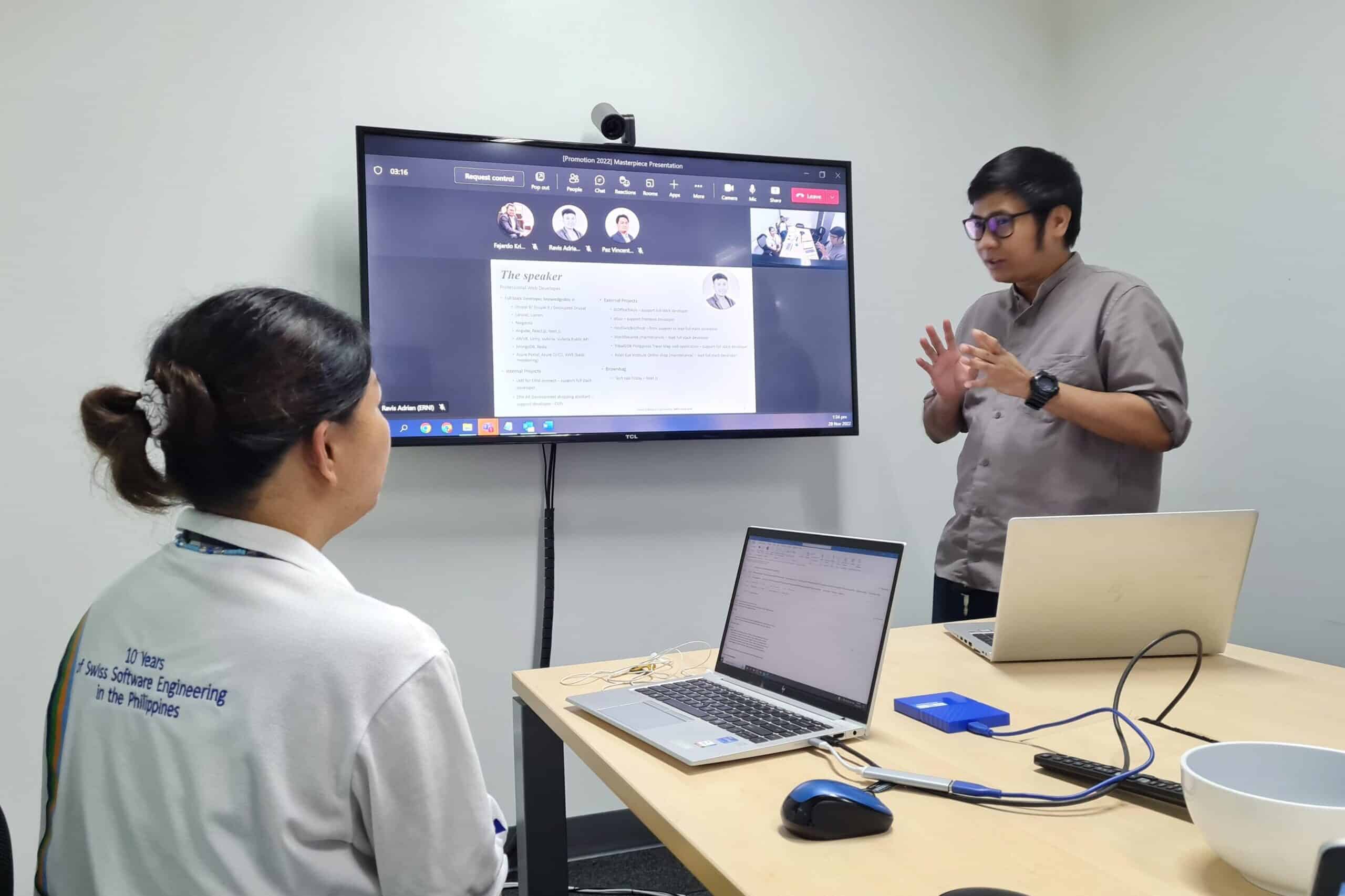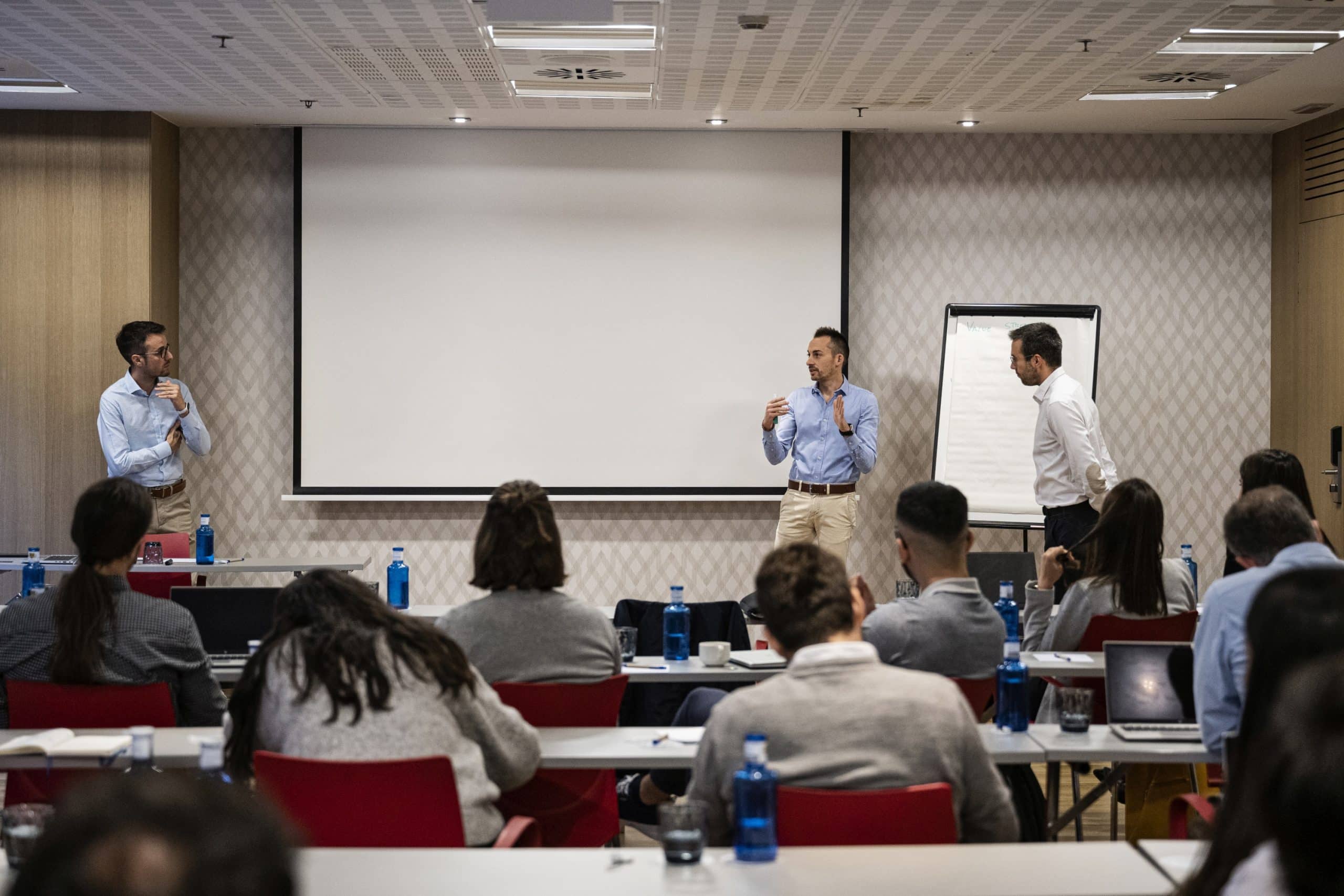DevOps & Cloud
The good is the enemy of the better
DevOps aligns software development with IT operations. Our developers and IT specialists regularly share ideas, automate and accelerate workflows, and improve processes using proven agile software development methodologies.
With a tailor-made cloud strategy, you can respond flexibly to new market demands and deliver new functionality in an agile and scalable manner. This gives you a competitive edge and drives innovation in the form of new services. With DevOps, we can help you break down silos and achieve your business goals.
Our expertise in cloud services and DevOps starts with a thorough analysis of your needs and a clear cloud strategy. We apply the CALMS model (Culture-Automation-Lean-Measurement-Sharing) to create a collaborative culture, introduce automation and establish leaner processes.


What we do
Cloud strategy and readiness
An essential precondition for digital transformation is a flexible and dynamic IT. Cloud computing is ideally suited to this task. After all, it is no secret that each company builds a cloud strategy based on its own requirements, specifications and general conditions.
Aside from operational excellence and security, other important aspects include reliability, performance and cost optimisation. In this context, the cloud strategy determines not only the right moment for implementation and the ideal cloud model but also the appropriate cloud management and optimal cloud solution.
It is worth taking a good look at the cloud readiness of your IT infrastructure and applications first to ensure lean migration to the cloud. This is the only way to determine how consistently your company meets specific cloud requirements for IT infrastructure, storage, networks and applications. Information you can then use for meaningful optimisation measures. The results of the cloud readiness analysis can also serve immediately to get your current and planned projects fit for the cloud.
Cloud migration strategy and roadmap
Cloud migration requires careful planning, conception and a thorough understanding of the target architecture. A dedicated cloud migration strategy is the best way to overcome complex challenges. After all, end-to-end cloud migration planning enables rapid operationalisation, which safeguards the critical continuity of your day-to-day business.
At the heart of the migration strategy is the implementation roadmap. This covers all relevant aspects for the assessment (stakeholders, TCO calculation, evaluation of the applications that will be migrated), migration (exploiting PaaS benefits, any rebuilding), optimisation (cost efficiency), security and management (data protection, efficient monitoring) of your strategy.
In addition, IaC (Infrastructure as Code) tools use code recipes to facilitate the coding of your infrastructure and cloud resources. This enables you to track any changes precisely.
Modern software development would be inconceivable without source code management. It is more than just an efficient way to collaborate in teams. The method also safeguards quality and guarantees continuous evolution. The future should not be your only concern, though! You may also have to consider older management tools in your cloud migration (TFS, Subversion, etc.). And that’s not all: Alongside your cloud migration strategy, you must not forget to create a rights and version strategy for source code management.
Containerised services
The list of benefits associated with containerising applications is long. Not only will it reduce deployment time, but it also makes your applications more resilient, cross-platform, compatible, maintainable and secure. These are the reasons why the majority of companies that test the use of containers also go on to use the technology in their production environments.
Despite all the positive sides, there are still a few challenges: First up are the significant dependencies that cannot be bypassed; then come the current legacy libraries, large databases, ad hoc processes and, finally, specific peculiarities of system environments that need to be preserved. Another essential aspect for containerising applications: The benefits of isolation can only be fully exploited if containerisation is considered in the software architecture.
Insights
Are you ready
for the digital tomorrow?
better ask ERNI
We empower people and businesses through innovation in software-based products and services.




